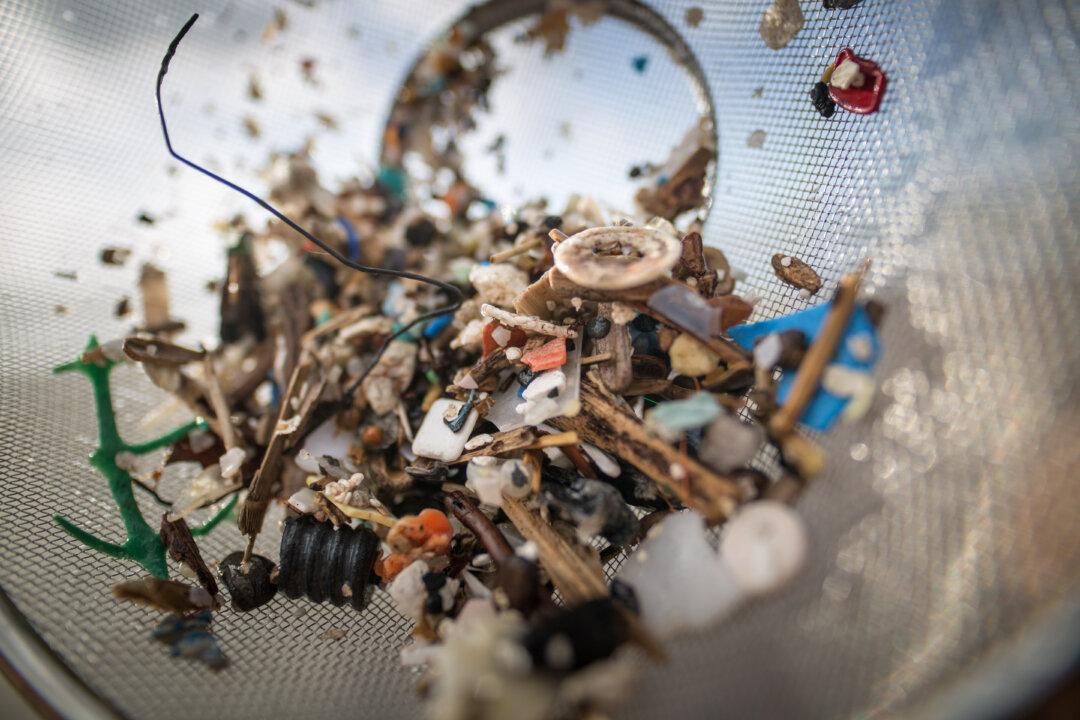LONDON—Scientists have found tiny pieces of plastic in human stool for the first time, suggesting they may now be embedded in the food chain.
Although the study was small, with just eight participants from Europe, Russia, and Japan, all of their samples were found to contain microplastics.




